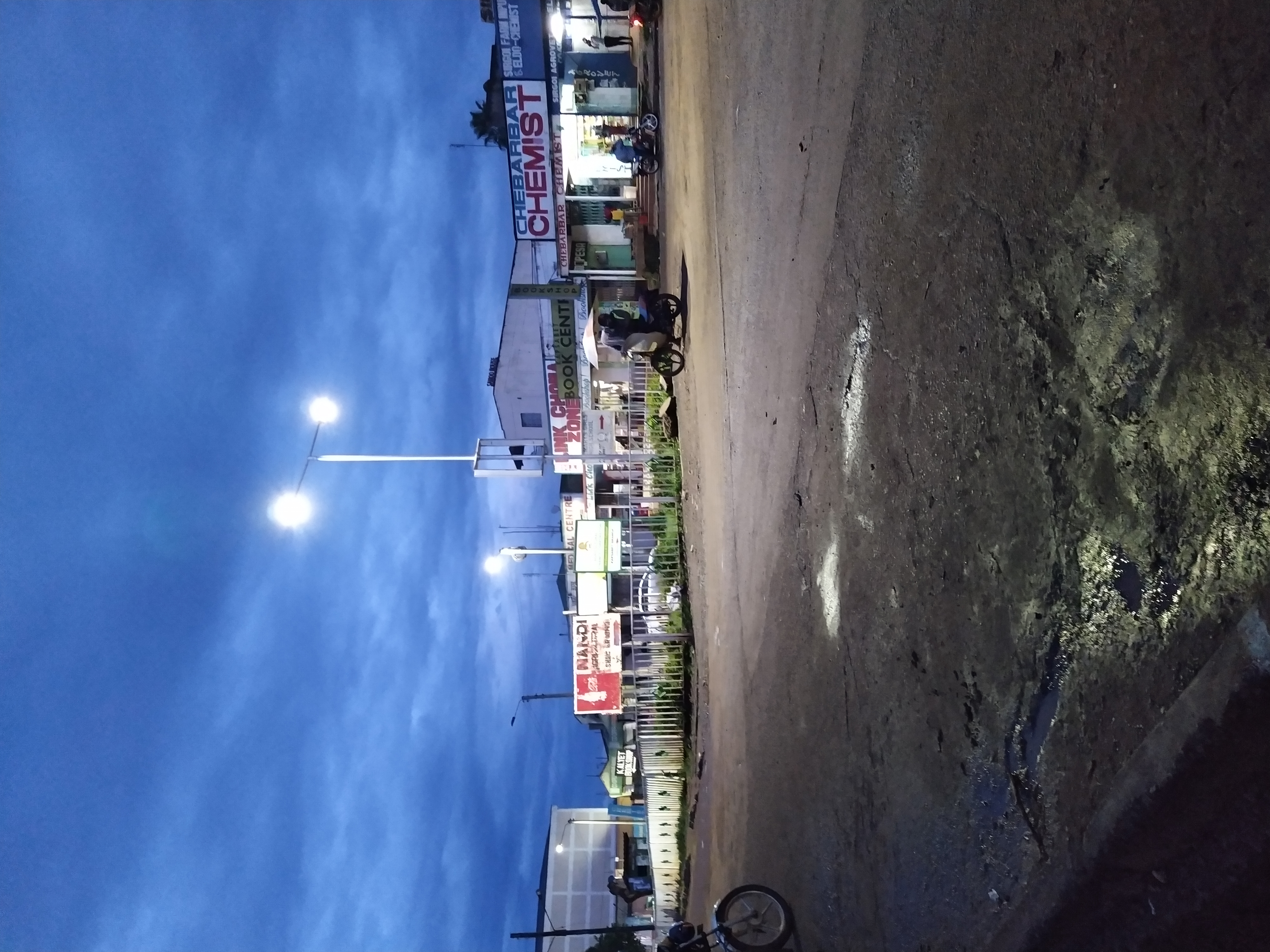Nandi County on:
[Wikipedia]
[Google]
[Amazon]
Nandi County is a 

 Nandi County is home to many world record holders in athletics, including Kipchoge Keino,
Nandi County is home to many world record holders in athletics, including Kipchoge Keino, 
 Nandi county is endowed with a scenic topography that is dotted with numerous tea plantations. These provide the raw material for the county's most vibrant agricultural industry, tea processing.
It hosts fifteen of Kenya's tea factories.
Nandi county is endowed with a scenic topography that is dotted with numerous tea plantations. These provide the raw material for the county's most vibrant agricultural industry, tea processing.
It hosts fifteen of Kenya's tea factories.
county
A county is a geographic region of a country used for administrative or other purposes Chambers Dictionary, L. Brookes (ed.), 2005, Chambers Harrap Publishers Ltd, Edinburgh in certain modern nations. The term is derived from the Old French ...
in Kenya
)
, national_anthem = " Ee Mungu Nguvu Yetu"()
, image_map =
, map_caption =
, image_map2 =
, capital = Nairobi
, coordinates =
, largest_city = Nairobi
...
in the North Rift, occupying an area of 2,884.4 square kilometres. Its capital, Kapsabet, is the largest town in the county while other towns include Mosoriot, Tinderet, Kobujoi, Kaiboi, Kabiyet and Nandi Hills. According to a 2019 census, the county had a population of 885,711, made up of a number of Kenyan communities, the majority of whom belong to the native tribe called Nandi.
Geographically, the unique jug-shaped structure of Nandi County is bound by the Equator to the south and extends northwards to latitude 0034’N. The western boundary extends to west. The county's major area is covered by the Nandi Hills.

History
Historically, Nandi like other Kalenjin areas was divided into districts known as emotinwek (sing. ''emet''). There were six ''emotinwek'' in Nandi which were Wareñg in the north, Mosop in the East, Soiin (also known as Pelkut) in the south-east, Aldai and Chesumei in the west and Em'gwen in the center. The districts were further divided into divisions known as bororiōsiek (sing. ''bororiet'') which were made up of several villages known as ''koret''.Settlement
The traditional Nandi account is that the first settlers in Nandi came from Elgon and formed the Kipoiis clan; a name that possibly means 'the spirits'. They were led by a man named Kakipoch, founder of the Nandi section of the Kalenjin and are said to have settled in the emet of Aldai in south-western Nandi. One of the early Nandi bororiōsiek was named after Kakipoch. Studies of the settlement pattern indicate that the southern regions were the first to be settled. As of 1910, these comprised the emet of Aldai on the west and the, by then annexed, emet of Soiin on the east. It was conjectured that the first pororiosiek were Kakipoch in Aldai and Tuken in Soiin. It is notable thatSirikwa holes Sirikwa holes are saucer-shaped hollows found on hillsides in the western highlands of Kenya and in the elevated stretch of the central Rift Valley around Nakuru. These hollows, each having a diameter of 10–20 metres and an average depth of 2.4 me ...
(known to the Nandi as mukowanisiek) were almost non-existent in the areas first settled, being only present on the Nandi Escarpment itself. They were however found in great numbers in the northern regions of Nandi.
Inward migrants and general population growth are thought to have led to a northward expansion of the growing identity during the eighteenth century. This period is thought to have seen the occupation and establishment of the emotinwek of Chesume, Emgwen and Masop. This period would also have seen the establishment of more pororosiek.
The final expansion occurred during the middle of the nineteenth century when the Nandi took the Uain Gishu plateau from the Uasin Gishu. Traditions contained in the tale of Tapkendi however seem to indicate that the plateau was previously held by the Nandi and that Nandi place names were superseded by Maasai names. This is further evinced by certain "Masai place-names in eastern Nandi which indicate that the Masai had temporary possession of strip of Nandi roughly five miles wide", these include Ndalat, Lolkeringeti, Nduele and Ol-lesos, which were by the early nineteenth century in use by the Nandi as koret names.
Late 19th century
Nandi county was the scene of the resistance struggle that has come to be known as the Nandi Resistance. The traditional system of governance came to an end c.1905 with the end of the resistance struggle. This was followed by the subsequent absorption of Nandi into the East African Protectorate in 1905 and later into theKenya Colony
The Colony and Protectorate of Kenya, commonly known as British Kenya or British East Africa, was part of the British Empire in Africa. It was established when the former East Africa Protectorate was transformed into a British Crown colony in ...
in 1920.
The Emet of Wareng was amalgamated into the Uasin Gishu district during the colonial period. It is today part of Uasin Gishu County
Uasin Gishu County is one of the 47 counties of Kenya located in the former Rift Valley Province. Eldoret has the county's largest population center as well as its administrative and commercial center. “It lies between longitudes 34 degrees ...
and last bore its name as a county of Eldoret South Constituency. The Emet of Soiin would be appropriated for European occupation, as part of what were known as the white highlands, during the colonial period. It was later split in two and is today named after the Tinderet and Nandi Hills.
Population
Sub-counties
The county has six subcounties: * Mosop Subcounty * Emgwen Subcounty * Aldai Subcounty * Tinderet Subcounty * Nandi Hills Subcounty * Chesumei Subcounty
Wards
The county () is further sub-divided into 30 wards namely:Defunct local authorities
Constituencies
The county consists of six constituencies: 151. Tinderet, 152. Aldai, 153. Nandi Hills, 154. Chesumei, 155. Emgwen, 156. Mosop.Education and sports
 Nandi County is home to many world record holders in athletics, including Kipchoge Keino,
Nandi County is home to many world record holders in athletics, including Kipchoge Keino, Henry Rono
Henry Rono (born 12 February 1952, in Kapsabet) is a Kenyan retired track and field athlete who specialised in various long-distance running events. Although he never competed at the Olympics, Rono is remembered as one of the most prolific colle ...
, Eliud Kipchoge
Eliud Kipchoge ( ; born 5 November 1984) is a Kenyan long-distance runner who competes in the marathon and formerly specialized at the 5000 metre distance. Widely regarded as the greatest marathon runner of all time, he is the 2016 and 2020 O ...
, Pamela Jelimo
Pamela Jelimo (born 5 December 1989) is a Kenyan middle-distance runner, specialising in the 800 metres. She won the gold medal in 800 metres at the 2008 Olympics in Beijing at the age of 18. She is the first Kenyan woman to win an Olympic gold ...
, Janeth Jepkosgei
Janeth Jepkosgei Busienei (born 13 December 1983) is a Kenyan middle distance runner and former world champion.
Early career
Janeth, nicknamed "Eldoret Express" is from Kabirirsang, near Kapsabet. Famous athletes Wilson Kipketer and Wilfre ...
, Moses Tanui
Moses Tanui (born 20 August 1965 in Sugoi Nandi District, Kenya) is a former Kenyan long-distance runner who won the gold medal over 10,000 metres at the 1991 World Championships in Athletics in Tokyo.
Biography
At the 1993 World Championships in ...
, Julius Yego
Julius Yego (born 4 January 1989) is a Kenyan track and field athlete who competes in the javelin throw. Nicknamed "Mr. YouTube" because he learned how to throw by watching YouTube videos of javelin athletes, Yego is the African record and Com ...
, Jairus Birech, Conseslus Kipruto and Bernard Lagat.
There are 443 primary education schools and 80 secondary education schools in Nandi.
Kapsabet Boys High school, situated in Kapsabet and founded in 1925, is a prominent national school. Its list of alumni includes cabinet ministers such as Nicholas Biwott
Nicholas Kipyator Kiprono arap Biwott (1940 – 11 July 2017) was a Kenyan businessman, politician and philanthropist. Biwott served as a civil servant, Member of Parliament and government minister, during which time he held eight senior minist ...
, Kipruto Arap Kirwa, Henry Kosgey
Henry Kiprono Kosgey is a Kenyan politician who was a member of parliament for Tinderet Constituency and was a Minister for Industrialization. He was also the Chairman of the Orange Democratic Movement (ODM);The longest serving Mp for Tinderet ...
and William Ruto, William Arap Ruto who is currently the Kenyan Deputy President. Sports stars such as Julius Yego
Julius Yego (born 4 January 1989) is a Kenyan track and field athlete who competes in the javelin throw. Nicknamed "Mr. YouTube" because he learned how to throw by watching YouTube videos of javelin athletes, Yego is the African record and Com ...
went here and a former President of Kenya, Daniel Arap Moi.

Economy
* Industries: Agriculture, sports, and tourism * Major crops: Tea, maize, coffee, and sugarcane * Poverty level: 13.7%Tea
 Nandi county is endowed with a scenic topography that is dotted with numerous tea plantations. These provide the raw material for the county's most vibrant agricultural industry, tea processing.
It hosts fifteen of Kenya's tea factories.
Nandi county is endowed with a scenic topography that is dotted with numerous tea plantations. These provide the raw material for the county's most vibrant agricultural industry, tea processing.
It hosts fifteen of Kenya's tea factories.
Tourism
Nandi County is renowned for its heritage, landscapes, its cool highland climate and vistas of rolling tea plantations.Notable destinations
Nandi Hills town and the surrounding region
Home to a number of tea estates as well as the Koitalel Samoei Museum, Kapsimotwa Gardens and the Nandi Bears Club.Koitalel arap Samoei mausoleum and museum
Koitalel Arap Samoei Museum was instituted in commemoration of Koitalel arap Samoei, a traditional spiritual leader of the Nandi. It incorporates a mausoleum as well as a center that display of the cultural heritage of the larger Kalenjin community.Keben
The area is home to the Ngabunat caves, the site of ancient battles between the Nandi and Maasai – one of which led to the Orkoiyot#Origins, capture of Moki chebo Cheplabot and establishment of the second Orkoiyot, Orkoinotet.Nandi rock
This, is the most prominent rock formation along the whole length of the Nandi (Nyando) Escarpment, is a 30-minute walk from the KWS post at Kaptumek.Chepkiit Water Falls
Tucked some two kilometres from Eldoret International Airport, off the Eldoret-Kapsabet road, Chepkiit waterfall in Nandi County is one of the marvels of mother nature, carved out of the magnificent walls of the Great Rift Valley.Health
There are three hospitals, 45 dispensaries, and 9 health care centers in Nandi. It has a doctor to population ratio of 1:94,000References
Exteran link
* {{Authority control Counties of Kenya Nandi County